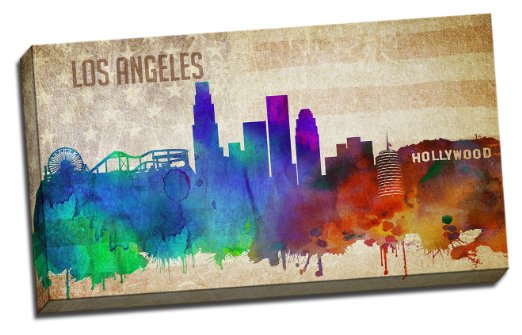- Details
- Written by Super User
-
Parent Category: ROOT
-
Category: Blog
-
Published: 23 March 2016
VERY BEAUTIFUL !
The Los Angeles Fashion District is a design, warehouse, and distribution nexus of the clothing, accessories and fabric industry in Downtown Los Angeles. The Fashion District spans 90 blocks and is the hub of the apparel industry on the West Coast of the United States.
Thousands of fast-fashion wholesale vendors line the streets of the Los Angeles Fashion District. Fast-fashion vendors stock the most recent fashion trends straight from the catwalk.
In March and October, the district is recognized for Los Angeles Fashion Week. Crowds. Celebrities, designers, media, guests, and VIP’s from all over the country come to sneak the first peek at new collections and trends.
The LA Fashion Magazine highlights new designers, trend reports, fashion news, collections, and photos straight from the catwalk during fashion week.![Santee Alley in the Fashion District of Downtown Los Angeles. [Photo Credit: LAtourist.com]](https://cdn.latourist.com/images/los-angeles/santee-alley-3.jpg)
![Weller Court in the Little Tokyo District of Downtown Los Angeles, with L.A. City Hall in the background. [Photo Credit: LAtourist.com]](https://cdn.latourist.com/images/los-angeles/weller-court-336x280.jpg)
Clothing companies that manufacture in the Fashion District include American Apparel and Andrew Christian..
The District is also home to the Los Angeles Flower District and Santee Alley, the downtown open air bazaar.
Designer showrooms and wholesale businesses are trade-only, but the district is open to the public, specifically Santee Alley and businesses in the surrounding area. Many businesses on the west side of the district are open to the public on the last Friday of the month for sample sales.
The Los Angeles garment industry was established early in the 20th century, and grew substantially in the 1920s and 1930s. In the 1950s, the area became a center for sportswear and women's clothing, partly with the contributions of Jewish entrepreneurs who had moved to the area from New York City.
The garment district’s evolution to include retailing in addition to manufacturing and wholesale sales, began in the Santee Alley. An alley that serviced the back doors of manufacturing and wholesale businesses, these businesses would open retail outlets out their back doors for one or two days a week. These retail operations grew into full-time businesses along four blocks and transformed the alley into a bazaar.
- Details
-
Created: 30 April 2016
-
Last Updated: 30 April 2016
-
Hits: 590




